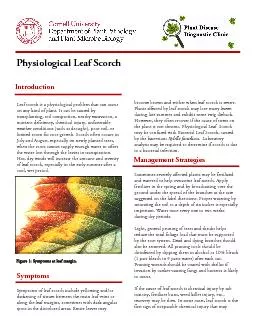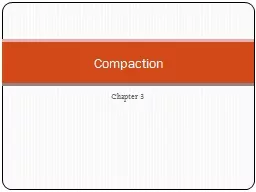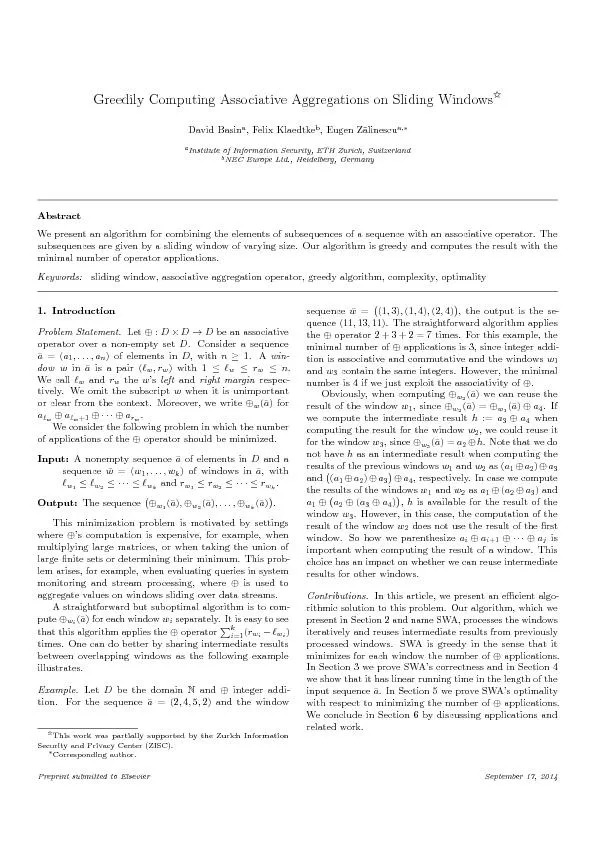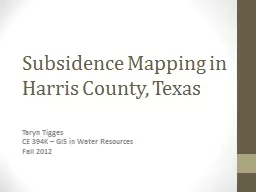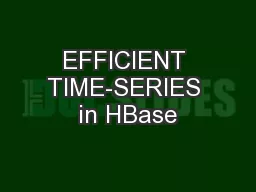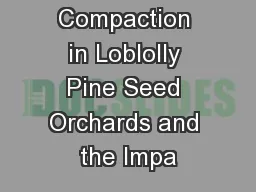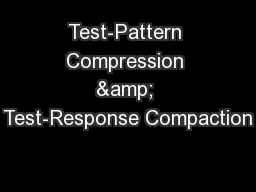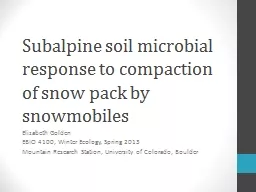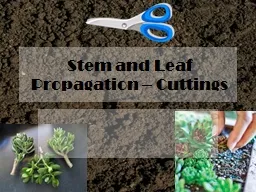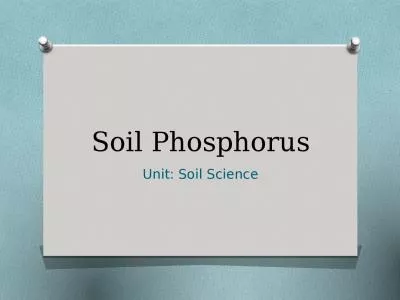PDF-Physiological Leaf Scorchtransplanting, soil compaction, nearby excava
Author : celsa-spraggs | Published Date : 2015-10-17
Symptoms Management Strategies during late summer and exhibit some twig dieback However they often recover if the cause of stress on the plant is not chronic Physiological
Presentation Embed Code
Download Presentation
Download Presentation The PPT/PDF document "Physiological Leaf Scorchtransplanting, ..." is the property of its rightful owner. Permission is granted to download and print the materials on this website for personal, non-commercial use only, and to display it on your personal computer provided you do not modify the materials and that you retain all copyright notices contained in the materials. By downloading content from our website, you accept the terms of this agreement.
Physiological Leaf Scorchtransplanting, soil compaction, nearby excava: Transcript
Download Rules Of Document
"Physiological Leaf Scorchtransplanting, soil compaction, nearby excava"The content belongs to its owner. You may download and print it for personal use, without modification, and keep all copyright notices. By downloading, you agree to these terms.
Related Documents

